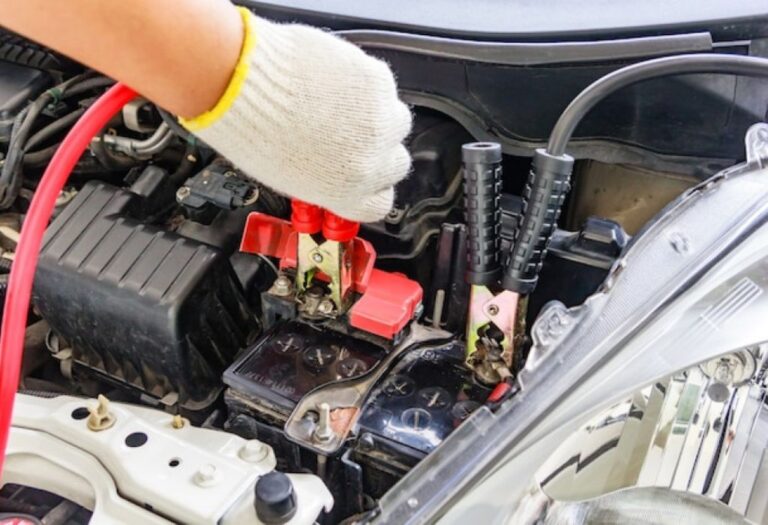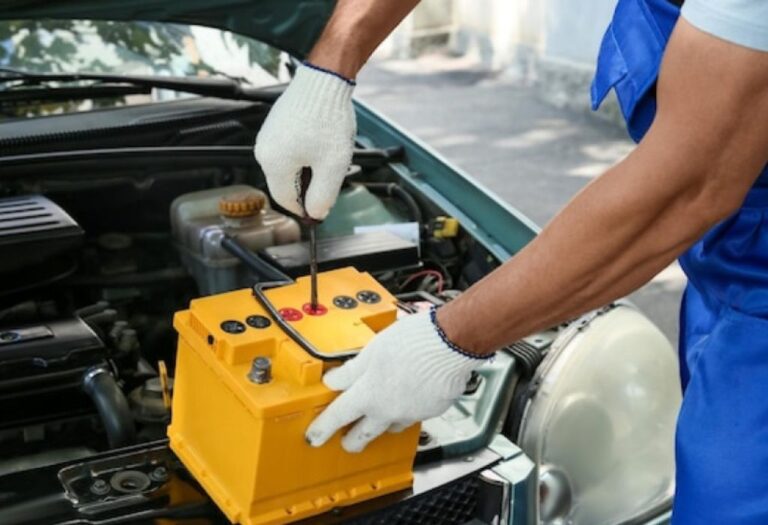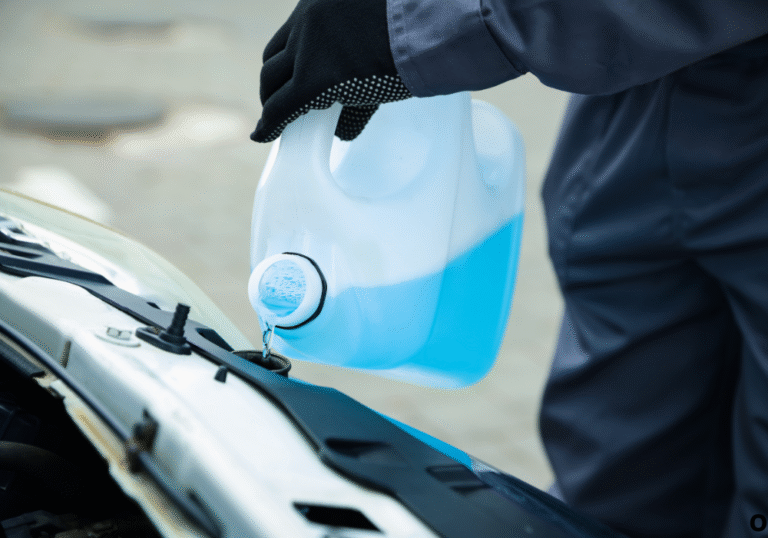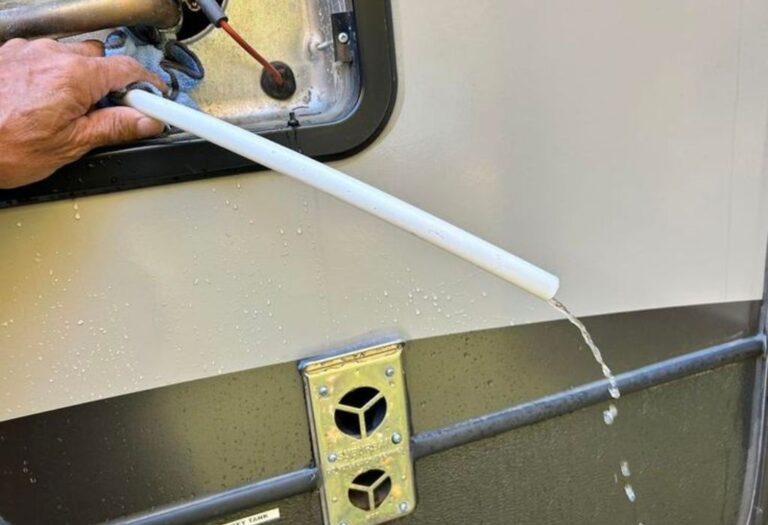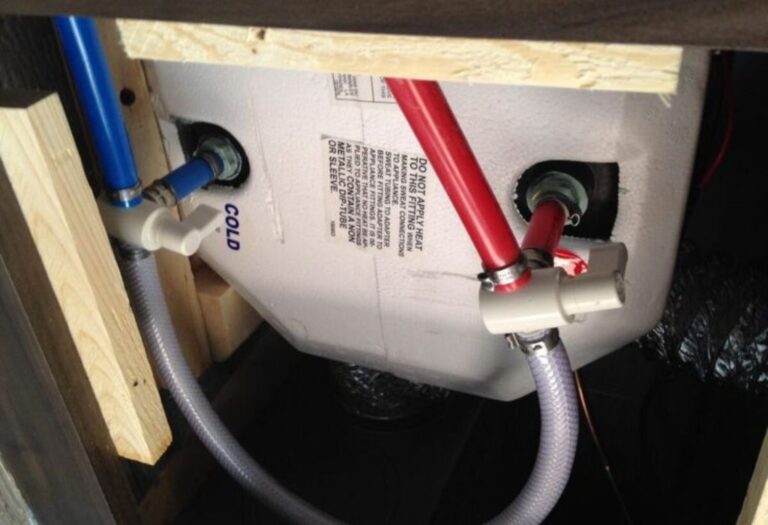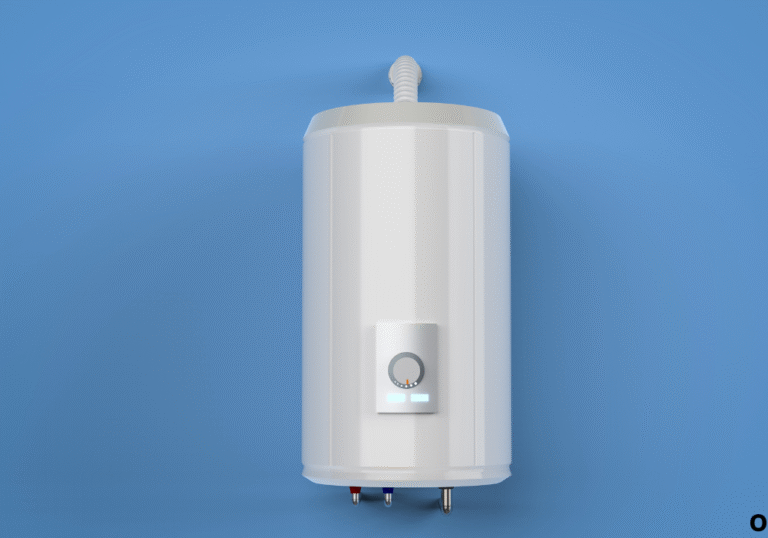Does an RV Water Filter Reduce Water Pressure?
You’ve just pulled your RV into a quiet lakeside campground after a long drive.
The air smells fresh, the view is perfect, and all you want is a warm shower to relax.
You turn on the faucet—only to get a weak, disappointing trickle instead of steady water flow.
At that moment, one question crosses your mind: does an RV water filter reduce water pressure?
Many RV owners face this exact situation, especially when camping at new or unfamiliar parks.
RV water filters are essential for removing sediment, rust, chlorine, and harmful bacteria from your water supply.
But these same filters can sometimes restrict water flow and cause low pressure throughout your RV system.
It’s a frustrating trade-off between clean water and consistent performance.
According to the Recreational Vehicle Industry Association (RVIA), more than 70% of RVers use inline filters for safe drinking water.
What many don’t realize is that the finer the filter’s micron rating, the more resistance it
creates inside the water line.
A standard filter can reduce pressure by 5 to 10 PSI, especially if it’s partially clogged or not maintained regularly (RVIA.org).
Typical campground water pressure ranges from 40 to 60 PSI, but add a long hose, a regulator, and a dense filter—and you’ll notice the drop quickly.
This makes understanding how your RV’s filtration setup works more important than ever.
In this guide, you’ll discover why RV water filters affect pressure, which filter types cause the biggest drop, and how to fix it.
By the end, you’ll know how to keep your RV water clean, safe, and free-flowing on every trip.
1. How an RV Water Filter Works

RV water filters protect your system by removing impurities before water enters your pipes, tank, or faucet. They make the water cleaner and safer for drinking, cooking, and bathing.
Most RV filters use activated carbon, ceramic, or sediment cartridges to trap particles. The smaller the micron rating, the finer the filtration — but also the greater the pressure resistance.
An inline filter is the most common type, attached directly to your hose or city water inlet. Multi-canister systems and under-sink filters provide deeper filtration but can slow water flow more noticeably.
The trade-off is simple: better filtration equals more restriction. That’s why choosing the right filter type for your RV’s pressure system is essential.
What does an RV water filter do?
It removes contaminants such as dirt, chlorine, and rust, improving taste and safety.
Where is it installed?
Usually between the water supply and your RV’s water inlet.
Does every filter lower water pressure?
Not all — only those with very fine micron ratings or clogged cartridges.
Can I use my RV without a filter?
Yes, but unfiltered water may damage pipes or appliances over time.
Which filter type maintains good flow?
High-flow inline filters or canisters with a 5–10 micron rating balance safety and pressure well.
2. Why Water Pressure Drops After Installing a Filter
The most common reason your RV water filter causes low pressure is flow restriction inside the cartridge. As water passes through dense filter media, its velocity decreases, resulting in lower output.
A new filter typically reduces pressure only slightly, but a clogged or overused filter can cause a drastic drop. Sediment buildup, trapped minerals, or algae growth can all block pathways inside the filter core.
Another factor is filter design. Inline filters are compact and convenient but have smaller surface areas than full-size canisters. This means less room for water to flow through freely.
Even the location of installation matters. A filter placed before the pressure regulator might behave differently than one connected after it. Understanding these factors helps you pinpoint the source of pressure loss.
Does a dirty filter lower water pressure?
Yes. Clogged filters are one of the top causes of low water flow in RVs.
Can installation direction affect pressure?
Absolutely. Always follow the directional arrow on the filter body.
Will replacing the filter fix low pressure?
Usually yes — replacing cartridges every 3–6 months restores proper flow.
Should I bypass the filter temporarily?
Only to troubleshoot or when sanitizing the system, not for daily use.
Is low campground pressure the real culprit?
Sometimes. Test your source pressure with a gauge before blaming the filter.
3. Types of RV Water Filters and Their Impact on Pressure
There are several RV water filter types, and each behaves differently when it comes to water pressure. Knowing these differences helps you choose the right one for your setup.
Inline Filters: Compact, affordable, and easy to install, but slightly reduce flow due to limited internal surface area.
Canister Filters: Use replaceable cartridges that provide stronger filtration but typically require a higher PSI to maintain flow.
Sediment Filters: Great for removing dirt and sand; minimal impact on pressure unless clogged.
Carbon Filters: Ideal for improving taste and odor but can restrict flow faster when saturated with debris.
Whole-RV Systems: Offer superior purification but may cause noticeable pressure loss without a booster pump.
Which filter has the least effect on pressure?
Sediment filters or high-flow inline models.
Do carbon filters restrict pressure more?
Yes, especially fine-micron or multi-stage carbon systems.
Can dual-filter setups reduce pressure further?
They can, though a booster pump offsets this issue.
Is bigger always better?
Larger filters often handle more flow but require more space and maintenance.
Are portable filters different from built-in ones?
Portable filters typically reduce less pressure due to shorter flow paths.
4. How to Test and Measure RV Water Pressure
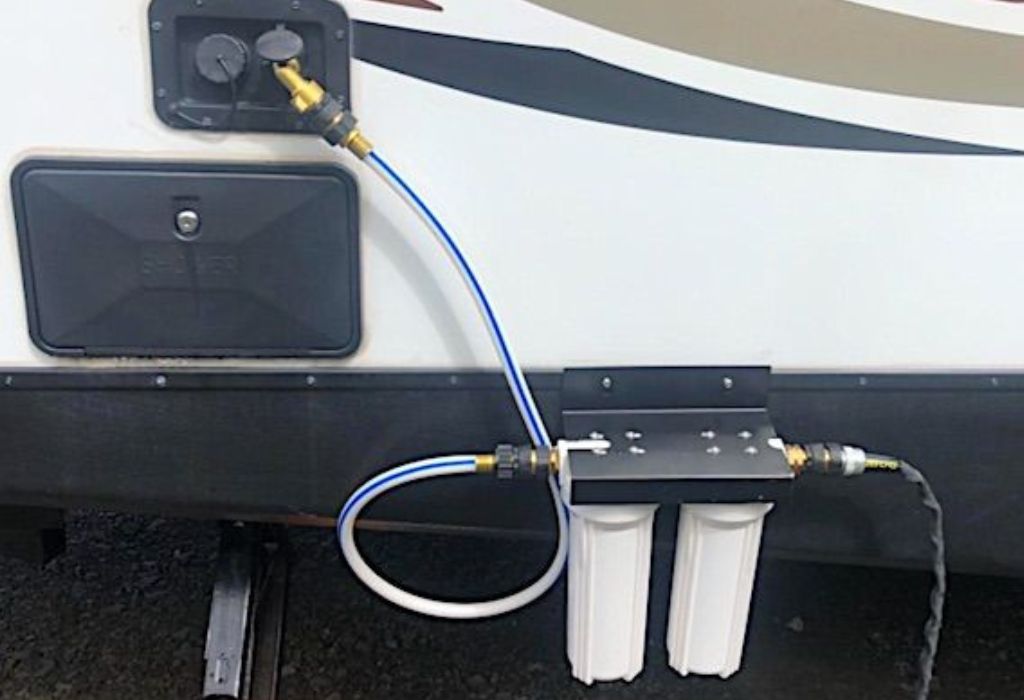
Understanding your RV’s water pressure is key before diagnosing filter-related issues. All you need is a water pressure gauge that attaches to your spigot.
Turn on the water source and note the reading — normal pressure should fall between 40 and 60 PSI. Anything below 40 may feel weak, while above 70 risks damaging plumbing or seals.
Test the system both with and without the filter attached. If the PSI difference exceeds 10–15, your filter is likely restricting flow.
Checking pressure before and after replacement helps confirm whether the issue lies with the filter or the campground supply.
What’s normal RV water pressure?
Between 40 and 60 PSI for most systems.
What tool do I need?
A standard garden-hose water pressure gauge.
When should I test?
Before trips, after installing new filters, or when water flow feels low.
Can regulators affect readings?
Yes, always test before and after the regulator for accuracy.
Is it safe to exceed 60 PSI?
No. Higher pressure risks leaks or damage to your RV’s plumbing.
5. Fixing Low Water Pressure from an RV Filter
When water slows to a frustrating trickle, there are practical solutions that don’t sacrifice water quality. Start by replacing or cleaning the filter cartridge. Most manufacturers recommend changing filters every 3–6 months, depending on use.
Next, inspect hoses for kinks, mineral deposits, or leaks. A blocked hose can mimic filter-related pressure loss. Also, ensure your pressure regulator isn’t overly restrictive — adjustable regulators let you fine-tune PSI levels for optimal flow.
Upgrading to a high-flow RV water filter can make an immediate difference. Brands like Camco EVO, Clearsource, and Beech Lane offer filters with improved throughput while maintaining good filtration performance.
If you’re using a multi-stage filtration system, consider installing a 12V water pump to boost flow and maintain consistent delivery throughout your rig.
How often should filters be replaced?
Every 3–6 months or sooner if flow slows noticeably.
Do I need to clean my water hose?
Yes. Clean and flush hoses regularly to prevent blockages.
Can I increase PSI with a pump?
Yes, a water pump or booster restores lost pressure in multi-filter setups.
Does bypassing the filter harm my RV?
Short-term bypassing is fine for maintenance but not long-term use.
What if low pressure continues?
Inspect all fittings, regulators, and lines — not just the filter.
6. Preventive Maintenance Tips for Long-Term Water Flow
Consistent maintenance keeps your RV’s water system efficient and pressure stable. Start by monitoring PSI regularly using a pressure gauge attached to your freshwater connection.
Flush your filter monthly to clear trapped debris and extend cartridge life. Store filters properly during off-season to avoid bacteria growth or internal cracking.
When staying at campgrounds with known hard water, consider adding a pre-filter sediment trap to reduce buildup inside your main filter.
Avoid connecting to high-pressure sources without a regulator, as this can stress both your filter and plumbing seals.
Following these small steps ensures your filter performs efficiently without affecting flow rate.
How do I prevent pressure loss?
Flush and replace filters regularly, and maintain your regulator.
Can filters freeze in storage?
Yes. Always drain and store them indoors during winter.
Do mineral deposits affect flow?
They can. Use a descaling solution when necessary.
Should I use a dual-stage system?
Yes, if you camp in areas with poor water quality, but pair it with a pump.
Can I use household filters?
Some can work, but always check flow rate and PSI compatibility.
7. Choosing the Right Filter for Your RV

Not all RV filters are created equal. The best filter depends on your travel habits, water sources, and plumbing setup.
If you often visit campgrounds with questionable water quality, a multi-stage carbon and sediment filter ensures maximum safety. For frequent travelers who prioritize convenience, an inline high-flow filter is ideal.
Always check the flow rate rating — usually listed in gallons per minute (GPM). A filter rated for at least 2.5 GPM helps maintain consistent water delivery.
Finally, match your filter’s PSI capacity with your RV system. Over-restrictive filters on low-pressure lines will always cause weak flow.
What’s the best filter for steady pressure?
High-flow inline or canister filters with 5–10 micron cartridges.
Are expensive filters worth it?
Often yes — they balance better materials, flow rate, and longevity.
Can I use two filters together?
Yes, but add a pump if pressure drops too much.
What brand is most recommended?
Camco, Clearsource, and Beech Lane consistently perform well.
How do I know when to replace mine?
Replace it when pressure drops or water taste changes.
Conclusion
An RV water filter is essential for protecting your plumbing and health, but it can sometimes reduce water pressure if not maintained or matched correctly. The good news is that most pressure loss comes from clogged filters, small micron sizes, or outdated cartridges — all easily fixed.
To keep your system balanced, monitor PSI regularly, use high-flow filters, and replace them on schedule. Whether you’re showering, washing dishes, or filling your tank, clean water and steady pressure can absolutely coexist.
So, does an RV water filter reduce water pressure? Yes — but only when neglected. With the right setup, you’ll enjoy pure water and powerful flow every time you turn the tap.
I’m David R. Coleman, the founder, lead writer, and lifelong tool enthusiast behind GarageToolPro.com. With years of experience in automotive repair, woodworking, and home DIY projects, I created this platform to share practical tips, detailed tool reviews, and step-by-step guides that help mechanics, hobbyists, and homeowners get the job done right the first time.

